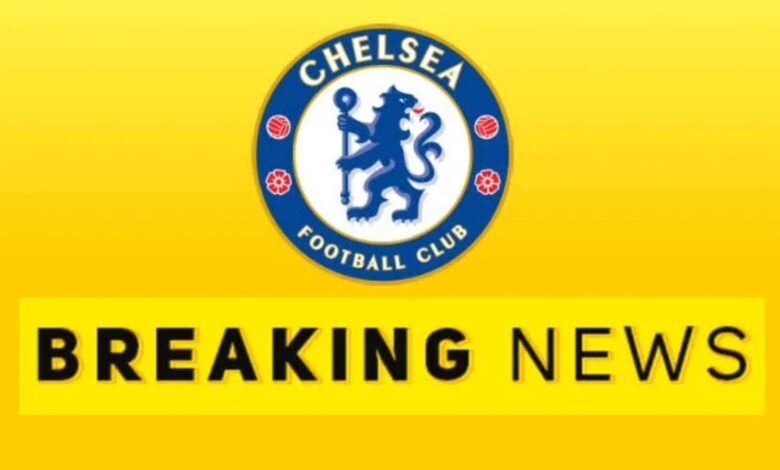Chelsea may regret selling “priceless” star who’s worth way more than Lavia

Chelsea’s Costly Transfer Decision: The Departure of a Reliable Star Who Outperforms Roméo Lavia
Enzo Maresca’s initial months as Chelsea’s head coach were nothing short of extraordinary. Under his leadership, the club soared to second place in the Premier League standings, dominated the group stages of the UEFA Conference League, and adopted a clear tactical approach that thrilled fans. However, the team’s fortunes have taken a drastic turn for the worse. Chelsea now finds itself slipping to sixth place in the league, suffering early eliminations from both the EFL Cup and FA Cup, and facing increasing frustration over an underwhelming January transfer window in which crucial squad deficiencies were left unresolved by club owner Todd Boehly and his management team.
Injury Struggles and Chelsea’s Gradual Decline
One of the primary reasons behind Chelsea’s dramatic drop in form has been the relentless injury crisis plaguing the squad. The team, once considered to have one of the deepest rosters in English football, is now struggling to maintain consistency due to the frequent unavailability of key players.
Chelsea has managed to secure only three wins in their last ten matches—a concerning statistic, especially considering one of those victories came against lower-league side Morecambe in the FA Cup. Their recent struggles began with the long-term absence of Wesley Fofana, a key defender who had formed a solid partnership with Levi Colwill. His hamstring injury significantly weakened Chelsea’s backline, disrupting the defensive cohesion they had been working hard to establish.
The injury woes didn’t stop there. Midfield signing Roméo Lavia and club captain Reece James have also faced persistent fitness problems, with James only recently returning to the squad but still unable to maintain consistent match fitness. More setbacks followed in the attacking department, as forwards Nicolas Jackson, Marc Guiu, and Noni Madueke also suffered injuries, leaving Chelsea alarmingly short of reliable attacking options. What was once a team capable of fielding two strong starting lineups is now struggling to put together a competitive squad each week.
The One That Got Away: A Player Chelsea Should Have Retained
In modern football, a player’s availability is just as crucial as their technical ability. This is where Chelsea’s decision-making in the transfer market comes under intense scrutiny. Among the many changes made in the summer, one departure now looks like an enormous misstep—letting go of a player who not only possessed skill and versatility but also a remarkable ability to stay injury-free.
That player? Conor Gallagher.
Gallagher’s move to Atlético Madrid for £35.8 million may have seemed like smart business at the time, but in hindsight, it appears to be a significant loss for Chelsea. During his time with the club, Gallagher made 95 appearances, scoring ten goals, providing ten assists, and accumulating over 6,000 minutes of game time. However, what truly set him apart was his reliability—he was rarely, if ever, sidelined due to injury. In a squad now plagued by fitness concerns, his durability would have been invaluable.
A Transfer Decision That Could Haunt Chelsea for Years
While Chelsea opted to spend heavily on signings such as Roméo Lavia—who has struggled to maintain fitness since his arrival—they allowed a proven and consistently available player like Gallagher to leave. As Chelsea continues to deal with an injury-ridden squad and inconsistent performances, the absence of a tireless midfielder like Gallagher is becoming more evident.
With the team now fighting to regain its footing in the league and European competitions, the decision to sell Gallagher may go down as one of Chelsea’s most regrettable transfer moves in recent history.




